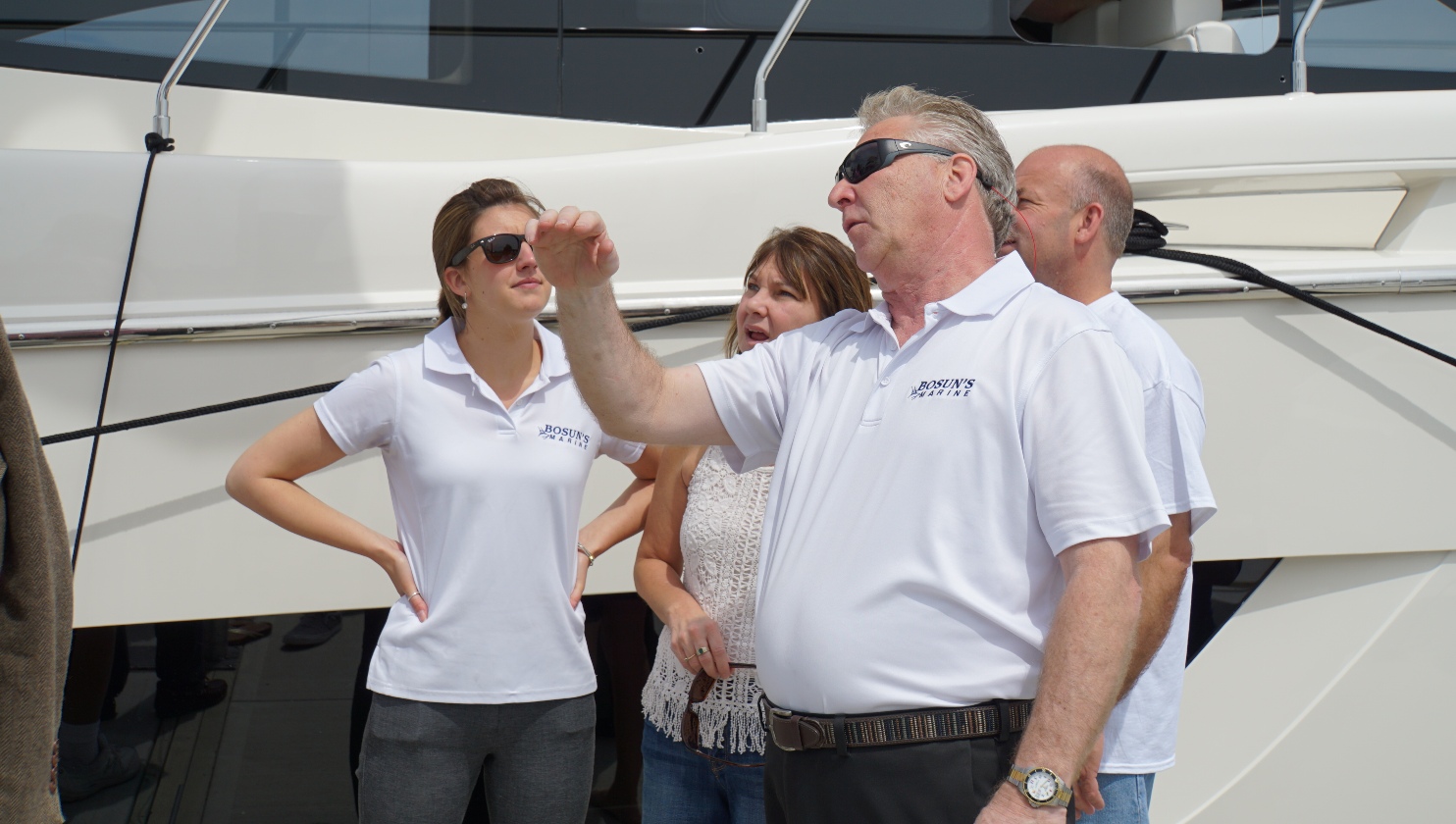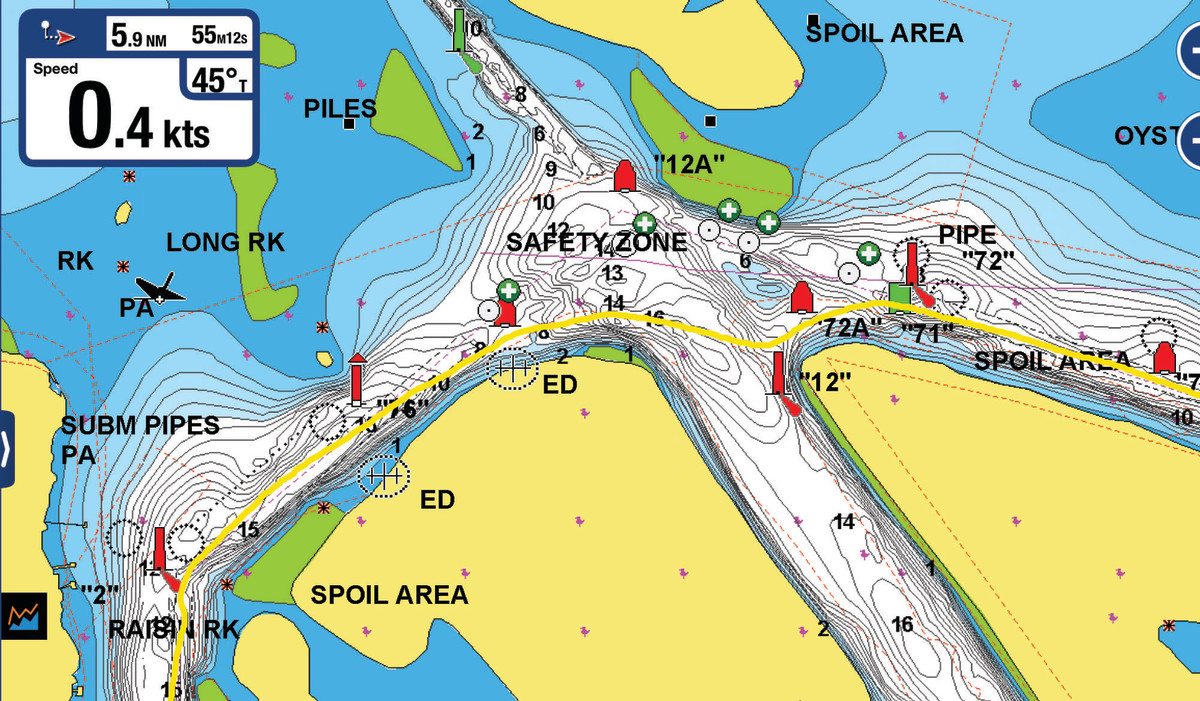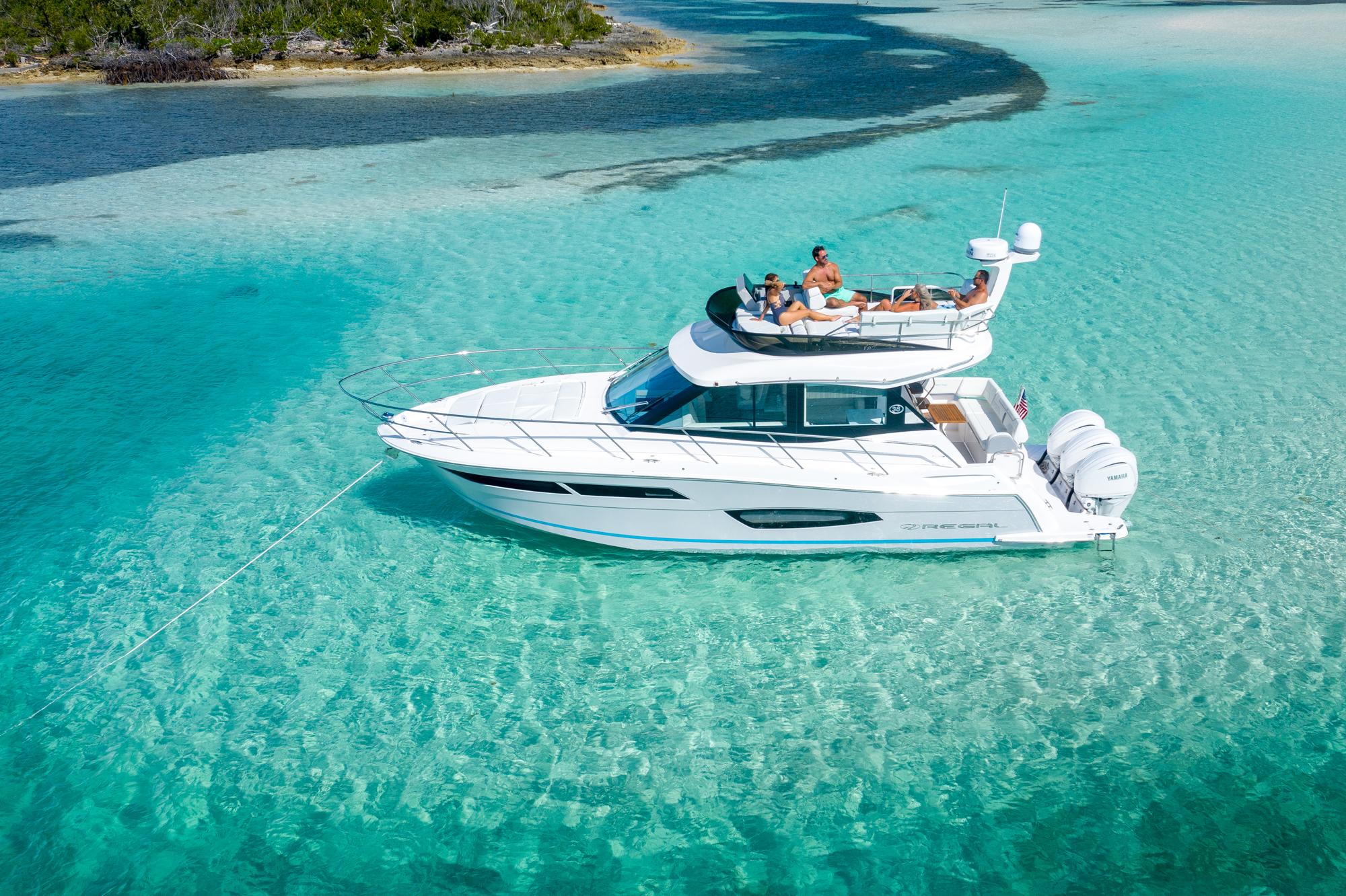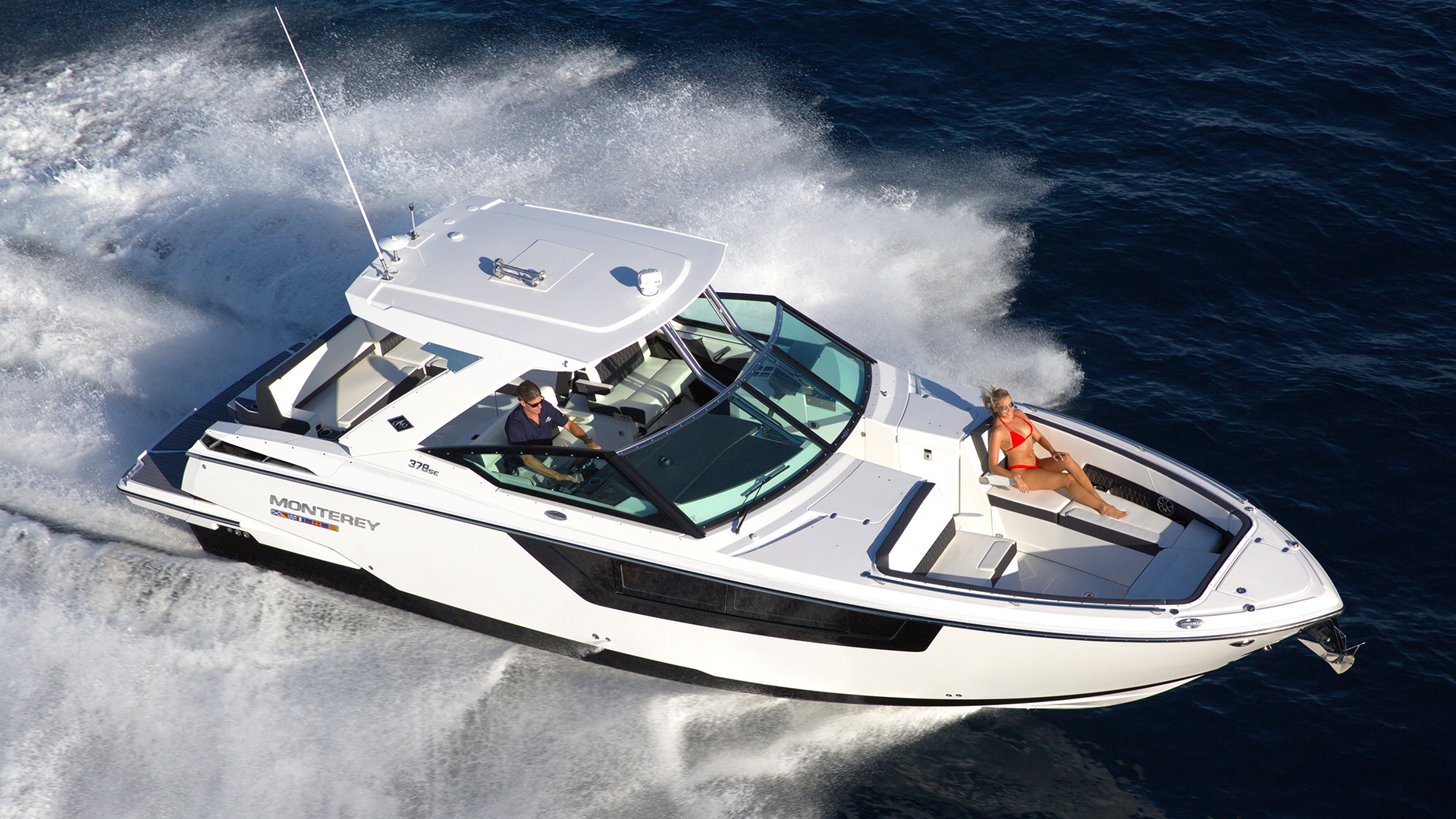Where is Haulover Inlet: Your Quick Guide to Finding It
Haulover Inlet is a man-made channel in Miami-Dade County, Florida, connecting the northern end of Biscayne Bay with the Atlantic Ocean. This waterway has a rich history. It was cut in 1925 through a narrow point in the sand between the cities of Bal Harbour and Sunny Isles. The inlet is widely recognized for its navigational challenges and as a popular boating destination.

Today, Haulover Inlet is surrounded by a 99-acre recreational area, Haulover Park. The park features a marina, a fixed bridge across the inlet, and an official nude beach. The park is also a State of Florida Historical Landmark Marker, making it a significant cultural and historical site for visitors and the local community.
Key Takeaways
- Haulover Inlet connects Biscayne Bay with the Atlantic Ocean in Miami-Dade County, Florida.
- The inlet is known for navigational challenges and is a popular destination for boating enthusiasts.
- Haulover Park, surrounding the inlet, offers recreational opportunities and is a State of Florida Historical Landmark Marker.
Geographical Location
Proximity to Notable Florida Cities
Haulover Inlet is situated in the southeastern region of Florida, between the cities of Bal Harbour and Sunny Isles (source). The inlet is approximately 15 miles north of the bustling city of Miami, which is famous for its vibrant arts and nightlife scene. In contrast, Haulover Inlet is in closer proximity to more relaxed coastal communities like Fort Lauderdale, located about 20 miles to the north.
Connection Between Biscayne Bay and Atlantic Ocean
Haulover Inlet serves as a critical connection point between Biscayne Bay and the Atlantic Ocean, acting as a gateway for boaters traversing the 3,000-mile Intracoastal Waterway (ICW). The inlet is the only waterway link between Miami's Government Cut and Port Everglades in Fort Lauderdale.
At this junction, boaters not only experience captivating coastal views but also face certain challenges. Haulover Inlet is known for its strong currents, constant shoaling, and often rough waters (source). As boaters navigate through this inlet, they must remain cautious and prepared for the natural hazards that lurk beneath the surface (source).
Haulover Park Features
Haulover Beach Amenities
Haulover Park, located at 10800 Collins Avenue, Miami Beach, FL, is a popular destination for beachgoers and boaters alike. One of its most unique features is its nude beach, which has become a major attraction for both locals and tourists. The beach offers clean sands, lifeguards on duty, and designated areas for recreational activities.
Visitors to Haulover Park will also find a range of facilities, such as restrooms, picnic areas, and food concessions, ensuring a comfortable and enjoyable experience for all.
Recreational Offerings
Haulover Park is known for far more than its famous nude beach. The park encompasses 177 acres of land, offering a variety of recreational activities for visitors. Among the park's offerings, guests can enjoy the marina which provides boat rentals and a launch area for those with their own vessels.
In addition to water sports and activities, Haulover Park features tennis courts for those looking to engage in friendly competition or simply practice their skills. Families visiting the park can also take advantage of the enclosed dog park, giving their furry friends a safe space to exercise and play.
Maritime Activity
Boating and Yachting Scene
Haulover Inlet is a man-made channel connecting Biscayne Bay with the Atlantic Ocean. Known for its bustling boating and yachting scene, it serves as a crucial waterway between Government Cut and Port Everglades. Boaters, including charter-boat captains, frequent the inlet due to its easy access to ocean waters. However, it is essential for them to be cautious as conditions can be hazardous, particularly for smaller crafts and personal watercraft.
Some popular vessels seen at Haulover Inlet:
- Sailboats
- Motor yachts
- Wavy boats
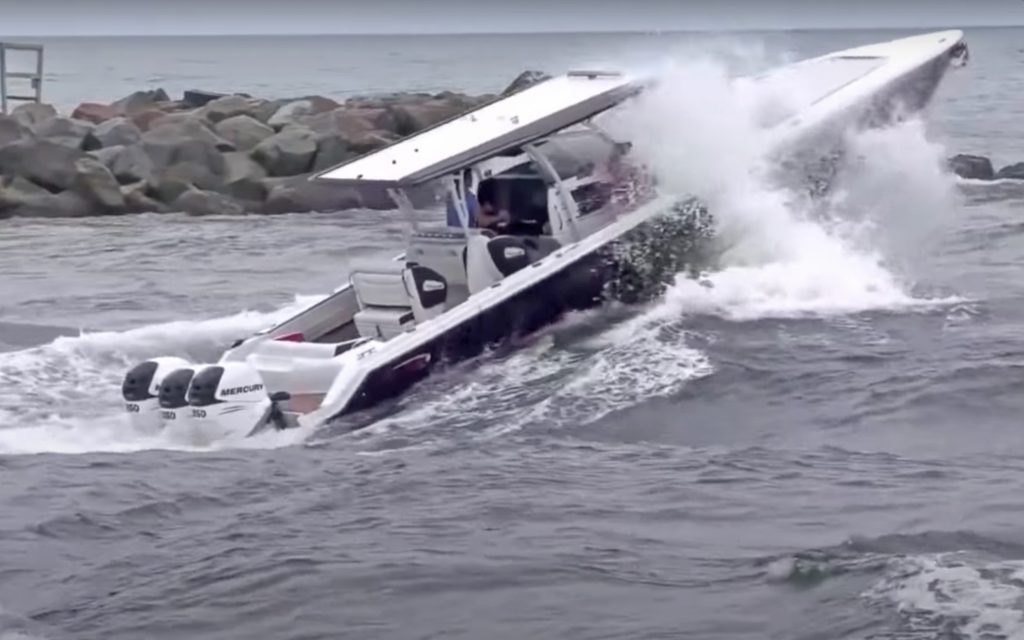
Popular Activities for Boaters
Various activities are enjoyed by boaters in and around Haulover Inlet. These include:
- Cruising
- Sightseeing
- Water sports
- Anchoring at nearby sandbars for a day of relaxation
Boater's safety is of utmost importance, given the inlet's potentially dangerous conditions. It is vital for boaters to be vigilant about traffic within the inlet, as it can get busy and crowded, especially under poor weather conditions.
Fishing Opportunities
Haulover Inlet's strategic location provides fertile ground for the fishing scene. Enthusiasts can seize the opportunity to cast a line from the fishing dock or engage local charter-boat captains for a guided offshore excursion. These captains are typically well-versed in navigating the waters and capitalizing on fishing spots.
Common fish species caught in the area include:
- Snappers
- Groupers
- Tarpon
- Mahi-mahi
- Kingfish
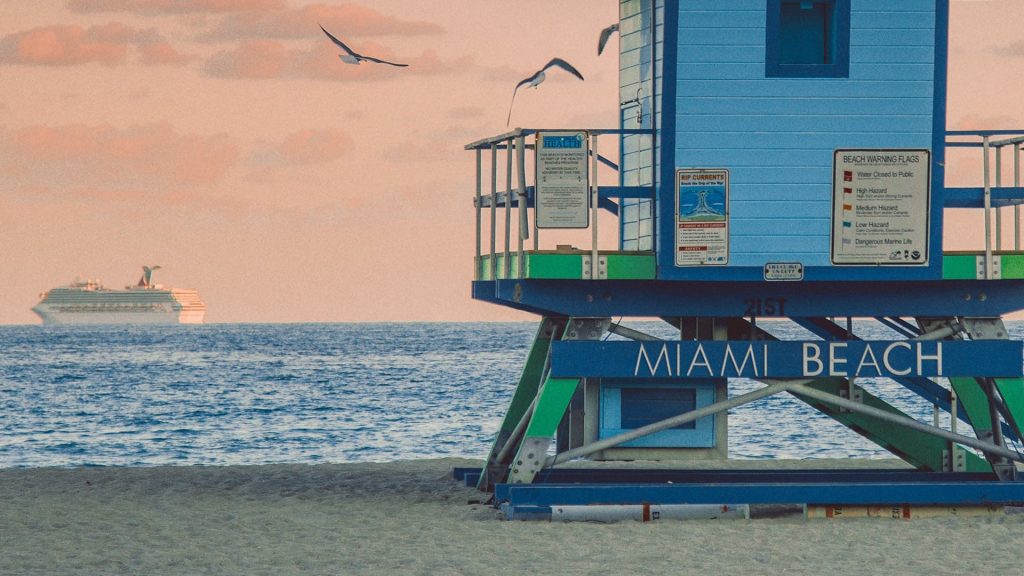
Environmental Factors
Tidal Influences
Haulover Inlet is known for its dangerous tidal conditions, creating challenges for boaters navigating the area. Tides play a significant role in the inlet's safety. Outgoing tides can cause strong currents that make it difficult for smaller vessels to maintain course, while incoming tides can create choppy conditions that make it harder for boats to navigate safely. Understanding and planning for these tidal influences is essential to avoid dangerous situations.
Weather Conditions Impact
Weather conditions, such as wind and storms, can also impact the safety of Haulover Inlet. Strong winds can exacerbate existing currents, making it even more challenging for boaters to maintain control of their vessels. Additionally, sudden storms can reduce visibility and create unpredictable waves, which can make navigation treacherous.
Boaters must closely monitor weather forecasts and be prepared to adjust their plans accordingly. In times of particularly adverse weather, it may be best to avoid the inlet altogether.
Navigational Challenges
Natural and Man-Made Obstacles
Haulover Inlet presents several navigational challenges for boaters due to various natural and man-made obstacles. The presence of rocks and sandbars can make traversing the waterway quite difficult, especially in low-light conditions. Additionally, the combination of large waves and strong tidal currents can increase the risks associated with navigating the inlet even for experienced mariners.
Another contributing factor to the challenges faced by boaters is the high volume of boat traffic in Haulover Inlet[^1^]. This can result in a chaotic and crowded environment, requiring heightened situational awareness and exceptional seamanship skills for safe navigation.
There are a few key measures that boaters can take to minimize the risks when navigating Haulover Inlet:
- Stay informed on current conditions including tides, currents, and weather.
- Maintain a safe distance from other boats and objects in the water.
- Be aware of the changing depth levels, especially around sandbars.
- Proceed with caution, exercising vigilant seamanship throughout the voyage.
Haulover Inlet's Reputation Among Captains
Haulover Inlet has gained a reputation as an inlet that requires experienced local knowledge. Less seasoned mariners are encouraged to avoid it altogether. With over 60 inlets in Florida, the dangers presented by Haulover Inlet are notable enough to cause concern among captains.
Due to the difficulty and risk associated with navigating Haulover Inlet, boaters are encouraged to seek the advice and guidance of local captains and marine organizations. This will help ensure a safer passage through the inlet and reduce the likelihood of maritime accidents.
Cultural and Historical Significance
The Haulover Inlet, connecting the northern end of Biscayne Bay with the Atlantic Ocean, holds a significant place in South Florida's history. The inlet was initially known as Baker's Haulover, named after a man named Baker who used to "haul over" his boat across a shallow point from the bay to the ocean.
The man-made channel was carved in 1925, serving as a crucial maritime passage for both commercial and recreational vessels ^(1).
Landmarks and Historical Markers
The State of Florida Historical Landmark Marker stands at the Haulover Inlet, recognizing it as an important site in the region's history. A significant attraction associated with the inlet is the lighthouse dock, which has become a popular destination for locals and visitors to admire the natural beauty of the location ^(2).
Another notable feature is the bridge that was built nearby, connecting the cities of Bal Harbour and Sunny Isles. This bridge has become a valued landmark, showcasing the region’s progress ^(3).
Haulover Inlet has played a vital role in Florida's maritime and trade history, serving as the only passage between Government Cut and Port Everglades. Due to its rich history and cultural significance, Haulover Inlet has become a beloved destination for both residents and tourists ^(4).
Today, visitors to the Haulover Inlet can learn about its history through the informative plaques and markers displayed at the site. The inlet remains a testament to the ingenuity of early settlers who recognized its potential to enhance Florida's coastal connections and maritime trade ^(5).
Local Community and Economy
Impact on Surrounding Towns
Haulover Inlet, a man-made channel connecting Biscayne Bay with the Atlantic Ocean, is situated between the cities of Bal Harbour and Sunny Isles. These towns benefit from the inlet's presence, as it provides an essential waterway for boating and fishing enthusiasts, as well as supporting thriving marine life. The local communities profit from the increase in marine transportation and tourism opportunities.
The inlet's history dates back to 1925 when it was carved out to establish a connection between Biscayne Bay and the Atlantic Ocean. This waterway allows vessels to travel with ease and has become an essential transportation route, especially since it is the only inlet between Miami's Government Cut and Port Everglades in Fort Lauderdale.
Contribution to Tourism
One of the significant contributions that Haulover Inlet has brought to its surrounding communities is its impact on tourism. The inlet attracts a large number of visitors because of its recreational opportunities, such as boating, fishing, and beach activities.
The inlet also boasts nearby attractions like the Haulover Park, which offers amenities for both local and visiting patrons. This popular destination contributes to the local economy and employment in tourism-related industries.
Additionally, the intrigue of Haulover Inlet has generated substantial online buzz, particularly on YouTube. Numerous channels dedicated to covering the inlet's boat traffic and sometimes challenging navigational conditions have amassed a considerable following. As these channels garner attention, more people become interested in visiting the area, further bolstering tourism in the region.
Frequently Asked Questions
What are the reasons behind the danger of Haulover Inlet?
Haulover Inlet can be dangerous for smaller boats and personal watercraft due to its changing conditions. Factors contributing to the danger include varying water depths, unpredictable currents, and boat traffic congestion. Additionally, the inlet becomes particularly hazardous in poor weather conditions, such as strong winds and high waves.
How can boaters safely navigate through Haulover Inlet?
Boaters can safely navigate Haulover Inlet by remaining vigilant and staying aware of the current conditions. It is crucial to maintain a safe distance from other vessels and exercise good seamanship.
Consult local navigation charts and information resources for updates on the inlet's conditions, and consider seeking advice from experienced mariners in the area. Additionally, avoid entering the inlet during poor weather conditions.
What is the history of boating incidents at Haulover Inlet?
While specific historical data on boating incidents at Haulover Inlet is unavailable, it is well-known among boaters that the inlet can be hazardous.
Accidents have occurred due to dangerous conditions such as strong currents, boat traffic congestion, and poor weather. Boaters are advised to exercise caution when navigating the inlet and remain vigilant to ensure safe passage.
Can you provide directions to Haulover Inlet?
Directions to Haulover Inlet vary depending on your starting location. It is situated in North Miami Beach, Florida, approximately halfway between Miami Beach and Fort Lauderdale.
It is accessible by boat via the Atlantic Ocean or by car from nearby highways. To find the best route, please use a reliable GPS navigation system or consult local maps.
Why is Haulover Inlet a popular location despite its risks?
Haulover Inlet is popular due to its beautiful beach and unique attractions such as the clothing-optional area at Miami Haulover Park.
Additionally, it offers various watersports and boating activities, which draws enthusiasts from all over. Despite the risks, visitors continue to be drawn to the area for its natural beauty and recreational opportunities.
What should visitors know about the safety concerns at Haulover Inlet?
Visitors should be aware of the potential dangers at Haulover Inlet. These include changing water conditions and boat traffic congestion.
Boaters must practice safe navigation techniques and remain alert while in the inlet. Meanwhile, beachgoers should follow posted guidelines and stay within designated lifeguard-monitored areas.
By taking these precautions, visitors can enjoy their time at Haulover Inlet while minimizing risks.
Charlie is Editor-in-Chief of Sea Magazine


